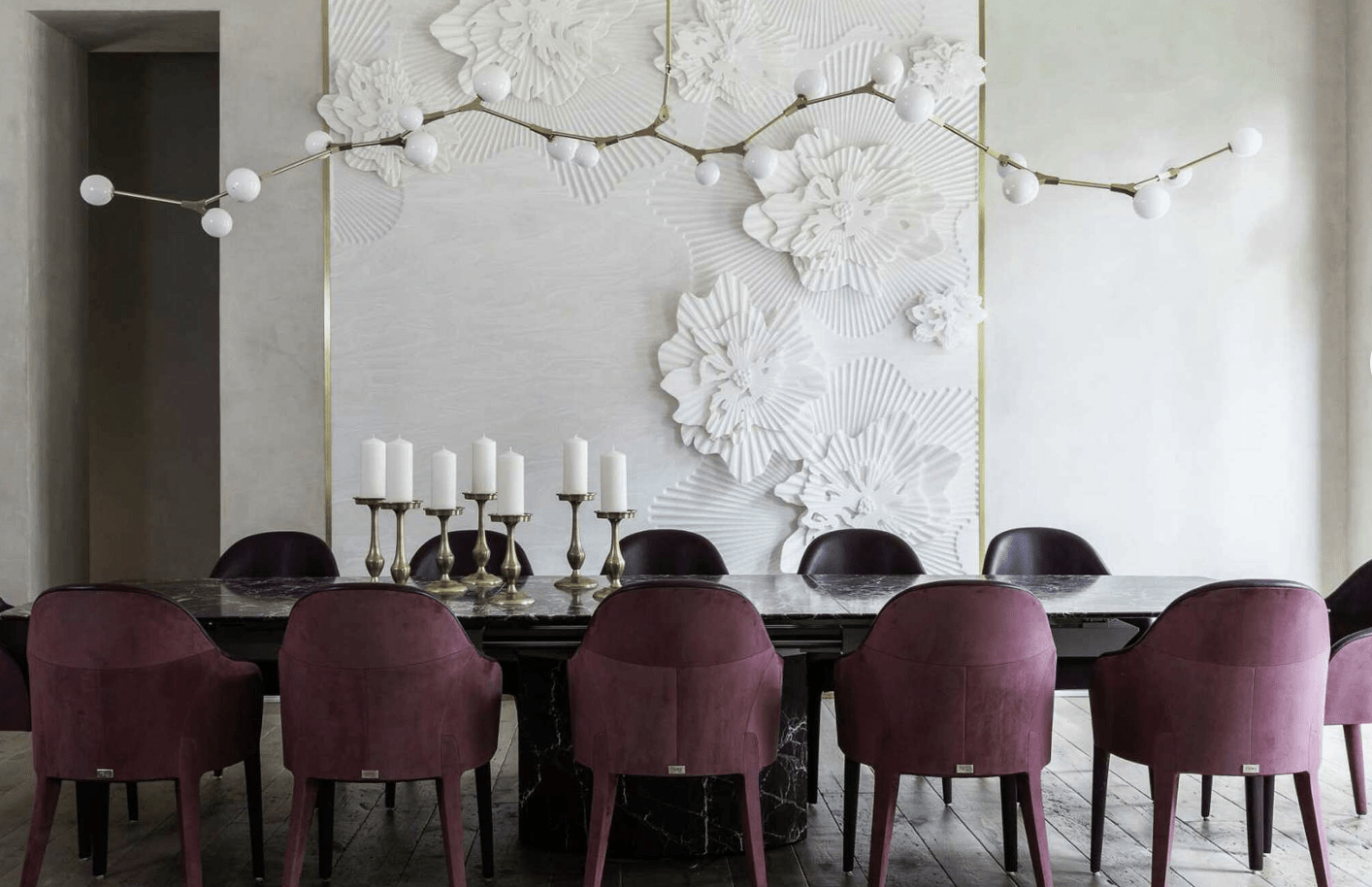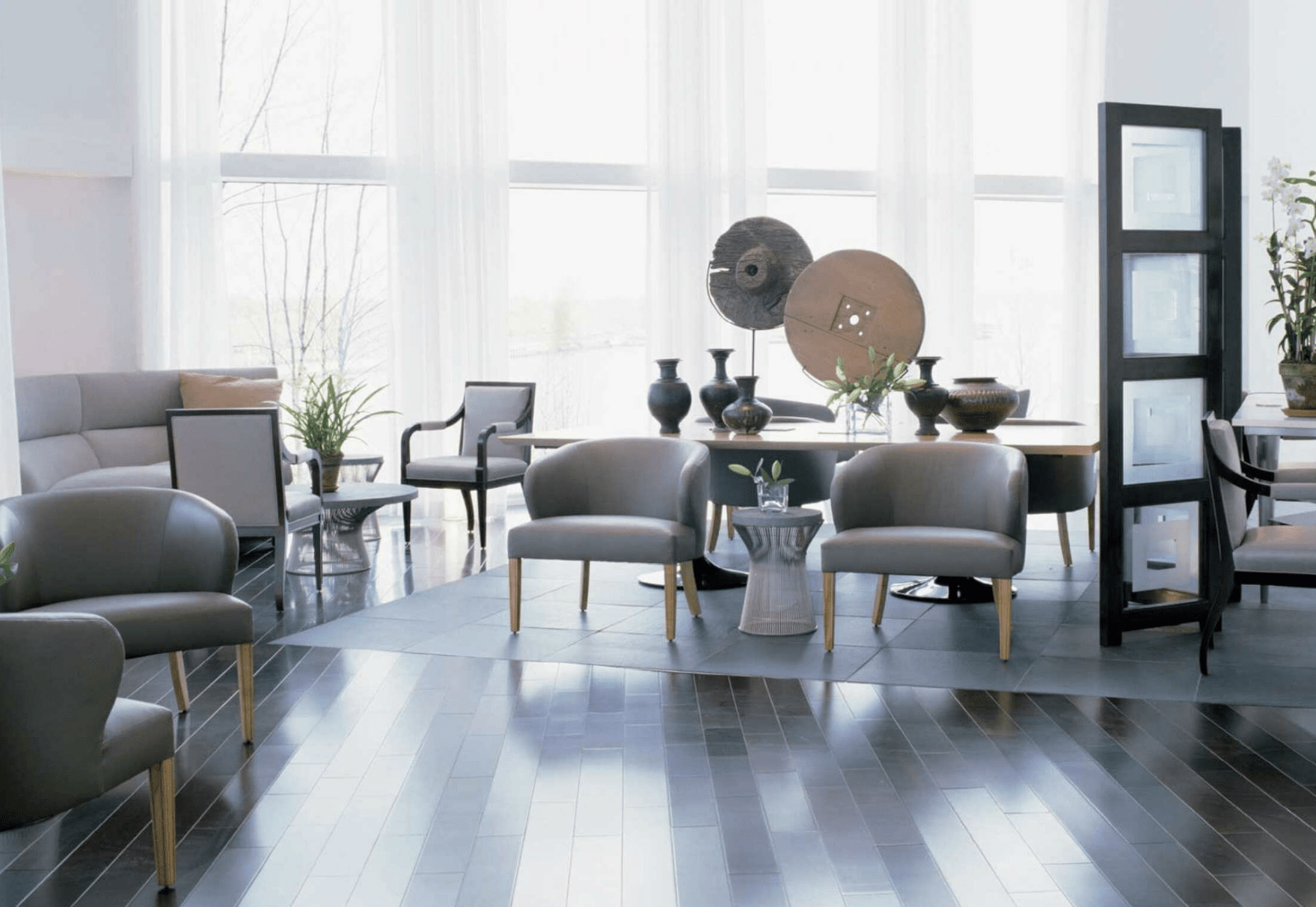Article Written by Houston Chronicle Diane Cowen
When Vicente Wolf left Cuba and landed in the United States in the 1960s, he didn’t have a dime to his name or a plan for his life. But he did have an open mind, a good sense of style and a willingness to work hard.
When he discovered interior design in the 1970s, there were kind mentors who helped him learn the business. In the decades since, he’s had a distinguished design career spanning nearly five decades, opened his VW Home showroom in New York, written five books, garnered all kinds of awards, including having his name included on the AD100 list in 2016, and earned the undeniable right to be referred to as a “legend.”
Wolf will be in Houston on Oct. 9 to promote his newest book, “Creative Interior Solutions” (Rizzoli; $60; 256 pages) at the Houston Design District’s Fall Design Week. He took time recently to talk about mixing styles, working with small budgets and why he isn’t exactly a minimalist.
Q: Your new book has an intriguing title, “Creative Interior Solutions.” I’ve always thought that design is about finding solutions to home problems. What are some of your favorite problems to solve or solutions to search for?
When: Oct. 9: Vicente Wolf kickoff and book talk at 5:30 p.m.
Oct. 10: Nina Magon at 10 a.m.; Paloma Contreras at 11 a.m.; and an art panel with designer Mary Lambrakos, Rebekah Bredthauer of Sicardi Gallery and Kirby Mears of Murphy Mears Architects at 1 p.m.
Oct. 11: Sustainability lecture with Kirksey Architecture at 10 a.m.; VIP reception at 9:30; presentations by Mary Patton at 10 a.m.; Michael Hsu and Linda Eyles at 11 a.m.; lunch at 12:30 p.m.
Tickets: Individual event tickets are $20-$50, with VIP tickets at $150 by Oct. 5 and $175 after; falldesignweek2023.eventbrite.com.
A: It’s finding the solutions to take care of problems that may exist in the architecture, in the budget or in the size of the space. All of these are the things one goes to a designer for. We all have a filing cabinet in our minds, with solutions that we think can solve not just one problem but a lot of problems.
Q: What’s a frequent go-to in your filing cabinet of ideas?
A: I always find the space above a window, if the window doesn’t go to the ceiling, it is a problem. There’s a no man’s land between ceiling and top of window. When I am doing shades or curtains, I like to take them to the ceiling, so you have a continuous line to the floor. I also like to run floor materials according to what aesthetically I want to achieve. Do I want to make it look longer or wider? That’s how I run the floor.
Q: Has there ever been a problem you couldn’t or didn’t want to address?
A: A big ‘wanna’ list and a small budget. That is hard to deal with. I think we all, as creative people, have the capability of coming up with the best solution for what exists in the space. That’s why people hire us. We have the solutions.
Q: Why did you call your book “Creative Interior Solutions”?
A: I love to teach, and people were very kind to me when I started and gave me a helping hand. I think it is important to pass that on to a layman or to other designers. I’ve learned a lot of things, so what better thing to do with that than pass it on to other people? It’s good to share.
Q: How did you choose the homes you would include?
A: They’re my favorite spaces that I’ve done in the last four years. They all worked very well with the different topics that I was using. Whether it was a client living in a space much more traditional and now, later in life, they wanted the space to read much younger.
There’s a cottage in Austin, and the dilemma was how do you take a traditional cottage and make it feel open and contemporary? I have a staff of six people, so I don’t take a lot of jobs. I take jobs that I feel I can use my expertise, clients that I feel I will have a good rapport with and when a client has a job I want to take on.
Q: Your style seems so eclectic. In the photos in your book, I see vintage pieces, antiques and new things in a variety of rooms. Tell me about how you like to mix eras and styles.
A: Design is like a well-constructed sentence. Each word is different, but when they all come together, it has a cohesive thought. When I do a room, I like environments that have all different periods and cultures blended in an unobtrusive way. They speak to me. I look at an 18th-century chair and an African stool, and I see a correlation. I like the ying and yang, the smooth with the rough. I like balancing opposites and making them cohesive.
There is one era I don’t like: Victorian. I like pieces to be honestly what they are. Victorian was a mishmash of all different periods all clumped into one piece of furniture.
Q: I love that each chapter in your book has design lessons, explaining your process that people can follow. What are the lessons that homeowners most need to know?
A: A layman puts a room together thinking that you can just pick pieces of furniture and put them together without creating a furniture plan, without understanding scale and proportion. When they do that, 90% of the pieces they buy will be too big or too small. What makes a cohesive environment is when everything fits together like a puzzle.
Q: Since you like to mix styles, you probably like when clients have family heirlooms or simply don’t want to part with something from a prior home. Do those require creative solutions?
A: Some of those jobs in the book have things that have come from previous jobs I have done with the clients. They’re wonderful pieces, and they’re going to work in whatever space you’re creating. You have to ask if the money you are investing in the space is going to be put to the best use. If you’re creating a space around something that is not right for the space, is this the best way to invest your money? It’s wonderful when clients have great art and great objects to work with. It makes my job easier, not more difficult.
Q: The photos show rooms that are all really different, but they’re also all pretty clean — without clutter or unnecessary pieces. Do you consider yourself a minimalist?
A: I think that, many times, less is more. I love settings that are tranquil and make you feel relaxed and at peace. You want not too many accessories and not too many antiques. It’s a calm balance that works with fabric and the shape of furniture and materials in the room. It’s all how you put them in. If you collect seashells, don’t spread them around the house, make a collection and make it one thing.
Q: A lot of these rooms have plenty of white or light neutrals, then there are some fully saturated in rich colors. Tell me how and when you like to use color in a home.
A: I like to do it in isolated spaces, a dining room or powder room or library — rooms that are a complete environment themselves. If it’s a dining room, I want you to open the doors and feel a theatrical emotion because the color surprises you and helps to set the mood. Then I like public areas to be a neutral background. I love white because it accentuates architecture.















